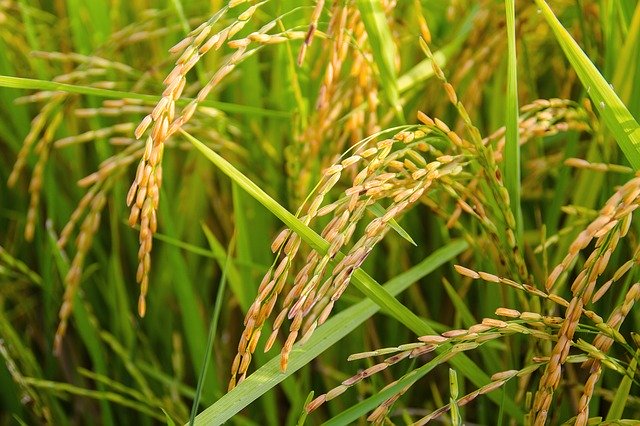
Grapevine (Vitis vinifera L.) is a crop of great economic and agricultural value throughout the world. In 2019, the International Organisation of Vine and Wine (OIV) reported that over 7 million hectares are dedicated to the cultivation of this crop,…
Read More











